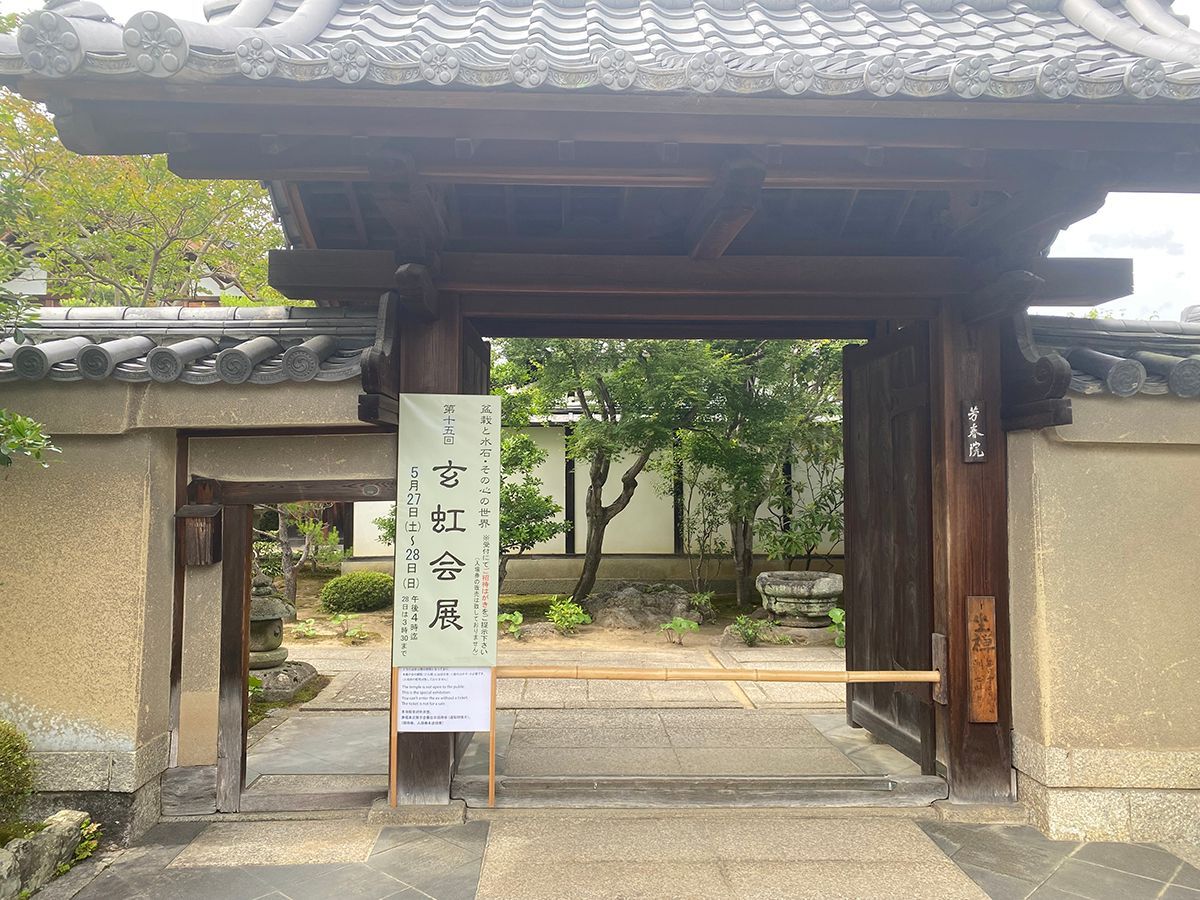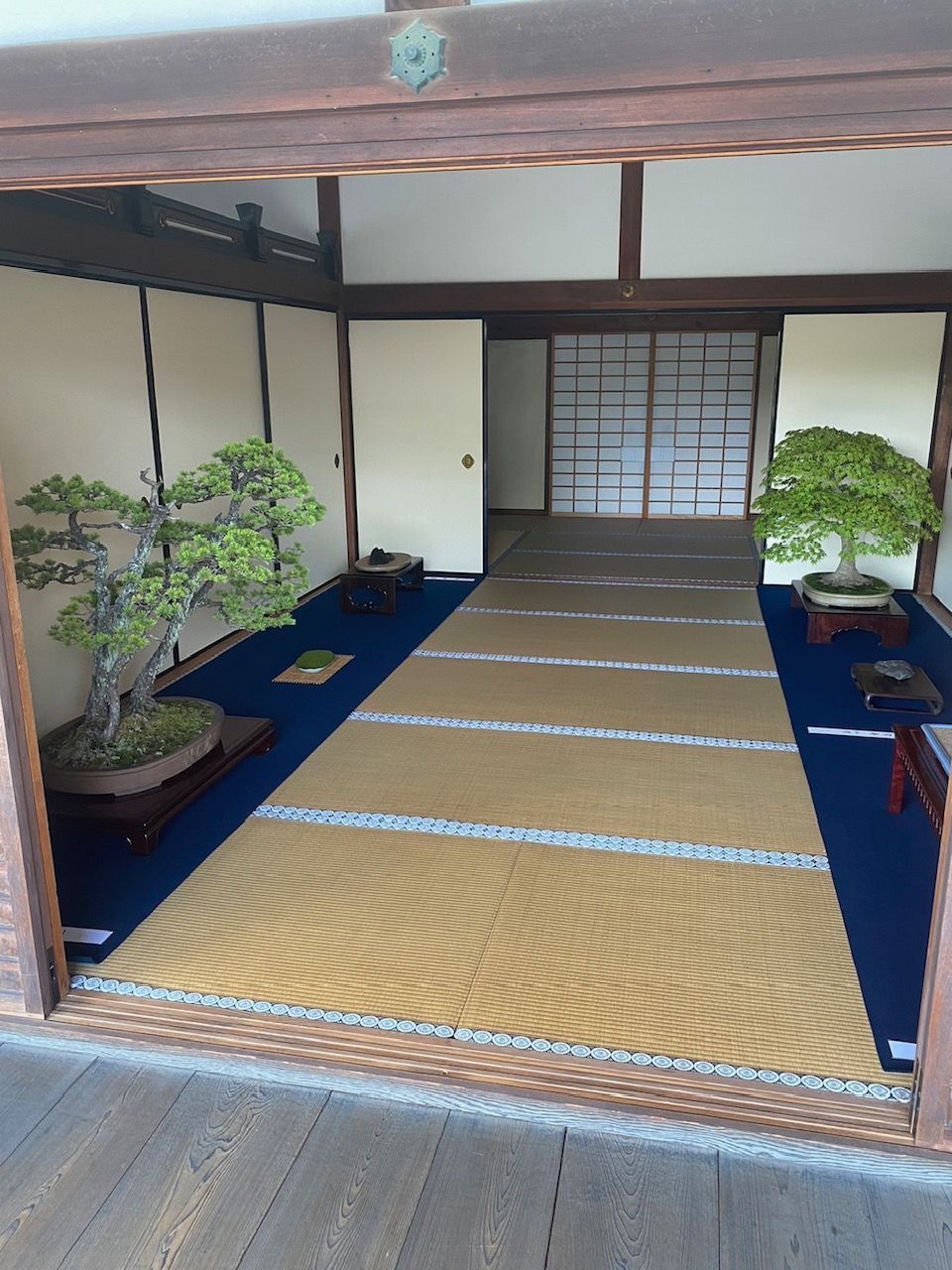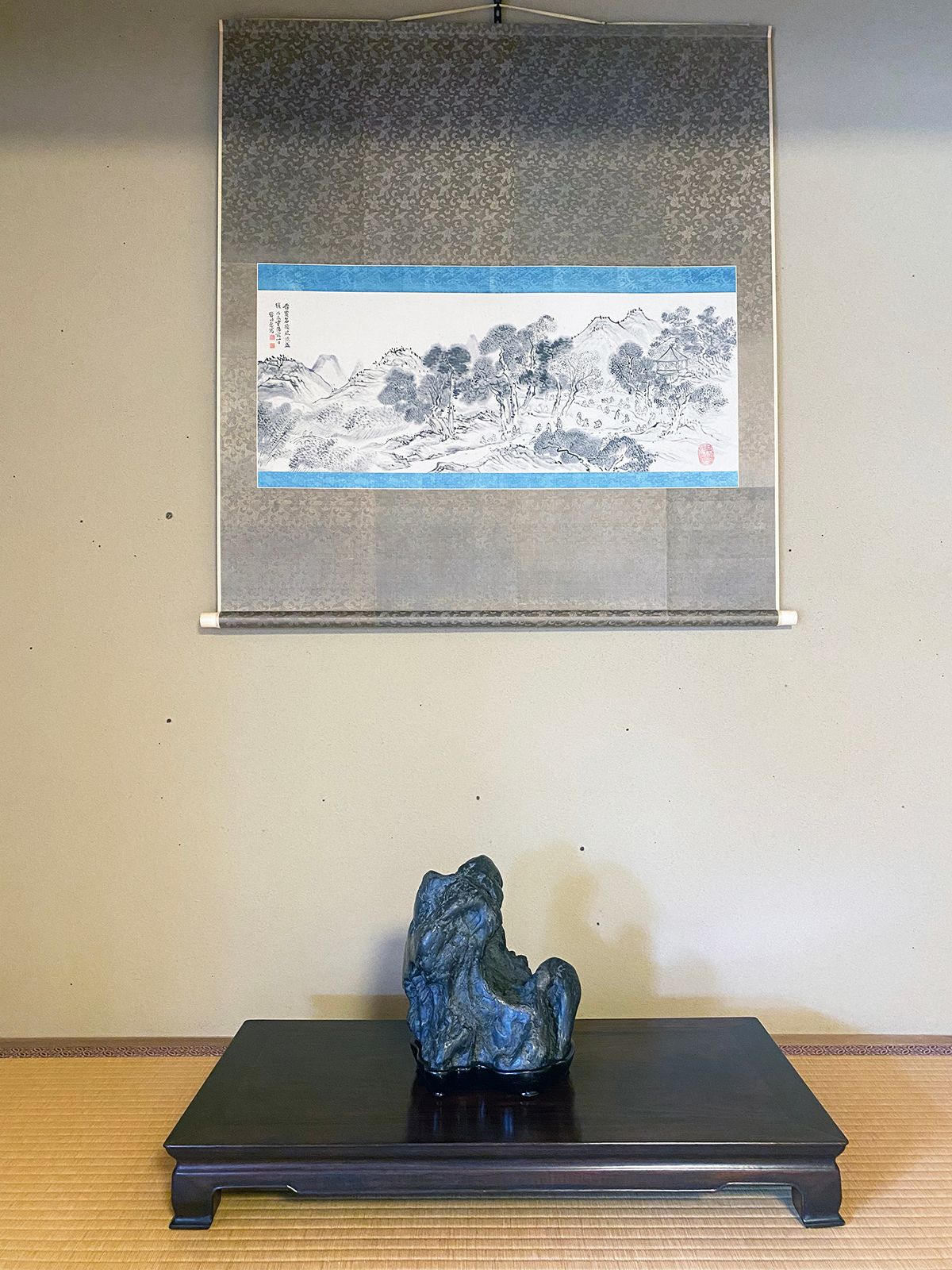Suisekido and the Genko-kai Exhibit
Description of a Genko-kai exhibit and the Suisekido
By Thomas S. Elias and Hiromi Nakaoji, August, 2023
Developing a greater understanding of the art of suiseki is a long and sometimes difficult path. The journey takes time and patience as one moves from being an excited novice who can be impressed with almost any stone and display to the intermediate stages where one notices the subtle nuances in the features of a stone, the use of the correct accessories to make a meaningful display, and a basic understanding of the Japanese aesthetics that apply to stone appreciation. Only a few will see the end of the journey by becoming a true stone connoisseur with an in-depth knowledge of all aspects of suiseki. The learning process involves reading literature on suiseki, studying with learned individuals, understanding suiseki culture, and periodically visiting exhibitions of superior stones.
Most of us moving along this path or way have attended one or more of the annual Meihinten (Exhibition of Japanese Masterpieces) held annually in June at the Meiji Shrine in Tokyo or the newer Japan Suiseki Exhibitions. The JSE is held annually in February in conjunction with the finest public display of exceptional bonsai, the Kokufu-ten, in the Tokyo Metropolitan Art Museum in Ueno Park in Tokyo. These major stone exhibitions require many participants and are more expensive to stage. People are encouraged to participate in these exhibitions even if their stones and displays reflect an early-stage knowledge of suiseki.
One must look beyond these major annual exhibitions to gain a more sophisticated understanding of suiseki. One way of accomplishing this is to view and study some of the more advanced smaller displays, such as the Genko-kai exhibit held at the Hoshun-in, Daitoku-ji Temple in Kyoto. The first Genko-kai exhibit was held in January 2019 and the latest 15th one was held on May 27-28, 2023. In this article, the latest Genko-kai exhibit is described.
The Genko-kai is a small club of individuals with advanced knowledge of suiseki who have agreed to study and train the grace of personality based upon the Five Rings of Reason which include Jin (morality), Gi (justice), Rei (courtesy), Chi (wisdom), and Shin (belief) by understanding the depth of Japanese culture among friends through bonsai and suiseki. The group's mission is to convey the tradition of Japanese culture to the next generation. Examining some of these stones and combined bonsai and stone displays may help us learn more about "The Way of Suiseki." Mr. Morimae Seiji is now serving as secretariat for Genko-kai and is trying to develop suiseki culture along with other suiseki connoisseurs representing Japan.
First is the setting. The Daitoku-jin Temple was founded in 1324 and became one of Japan's prominent Gozan Zen temples in Kyoto. As one enters this temple, the atmosphere suddenly shifts from a busy urban city to a quiet, serene place of Zen Buddhism. Mr. Morimae described Daitoku-ji as "A spiritual energy flows through the calm, tranquil air, and the further one enters into its space, the deeper the exceptional artistry of this Zen temple becomes."
The Daitoku-ji Temple contains several sub-temples within boundaries. The most widely known of these sub-temples is the Daisen-in with the Zen rock gardens.
The Genko-kai exhibition is held in the Hoshun-in, the highest-ranking sub-temple within Daitoku-ji. Hoshun-in was built in 1608 and is an ideal setting for a sensitive display of bonsai and suiseki. In Hoshun-in, Mr. Morimae is now the chief director of the newly developed Bonsai Garden, and he is showcasing excellent Bonsai and Suiseki through this garden to his many friends from abroad.

Entrance to Hoshun-in and the Genko-kai exhibition
Twenty members of the Genko-kai participated in setting up exhibits in 11 rooms of the Hoshun-in. Fifteen suiseki were included, together with an approximate number of bonsai. This article focuses on the stones in the exhibitions.

Notice how the bonsai and suiseki used the existing space without additional tables and backdrops. The use of the traditional style rooms in the Hoshun-in provides an authentic setting for the display. The size of the trees and stone displays are compatible with the size of the rooms. The proper scale between the objects displayed and the size of the rooms is critical. In this exhibition, it is necessary to sit on the Tatami mats on the floor to view the bonsai and suiseki in a proper manner.
Japanese Tea Master Nakagawa Mikio's exhibit was in the Rakuyo-tei room. He displayed a Kamuikotan stone from Hokkaido named "Solstice Heaven" together with a scroll "Kanjizai" (the all-compassionate, all-considerate beings) by Ohbaki Genkyo, and with a rolled scripture as an accompanying object.
The following display of a Tenryu River stone by Mr. Honde Shouzaemon is accompanied with a scroll featuring a more elaborate landscape scene than we might expect. The poetic name of this stone is Nanzan or South Mountain. The low display table (shoku) complimenting the stone is in harmony with the room's height.
Mr. Ito Tsuguji displayed this Fugoroshi stone in a dark blue glazed suiban. Fugoroshi stones are not frequently seen in Japanese Suiseki exhibits: yet the Fugoroshi stone is one of Kyoto's Seven Excellent Stones.
This larger Fugoroshi stone was given the poetic name "Yukiyama" or Snow Mountain. It is one of the famous Iwasaki Family numbered stones. Mr. Teraouchi Yukio exhibited this stone in a rectangular tray once owned by Katayama Ichiu.
Mr. Ishizuka Yoshisada selected this brighter blue oval suiban to display his Kibune stone.
End Notes: We are grateful to Mr. Morimae Seiji and his company S-CUBE for the permission to introduce this exhibition and for supplying information and some photographs. Please note that Hoshun-in is not open to the public. You can visit their Bonsai Garden. Note that you can visit Genko-kai exhibit by invitation only. Any inquiries to Genko-kai should be sent to S-Cube. We also thank Nakaoji Yuki for supplying us with additional photographs.


